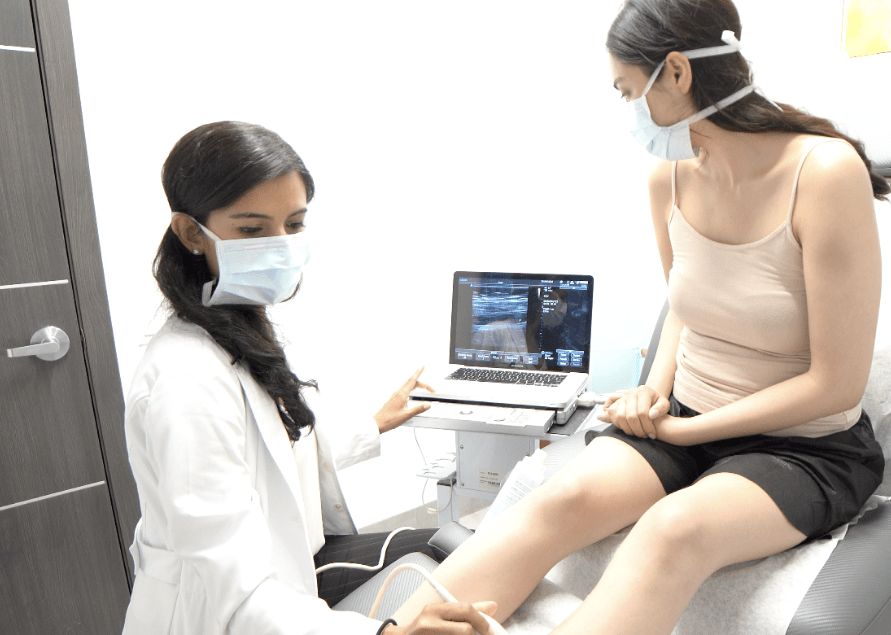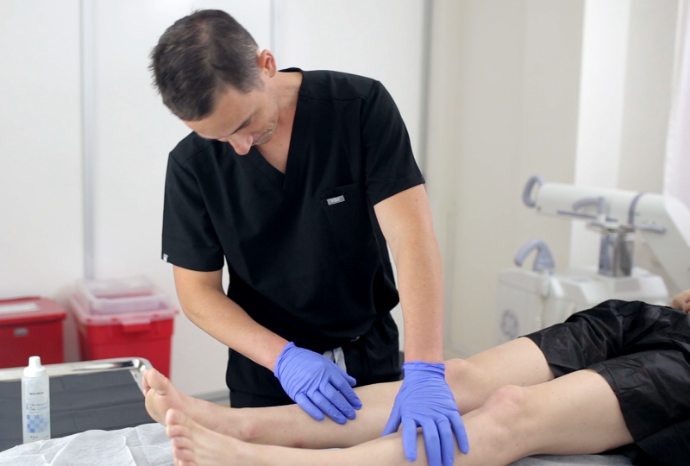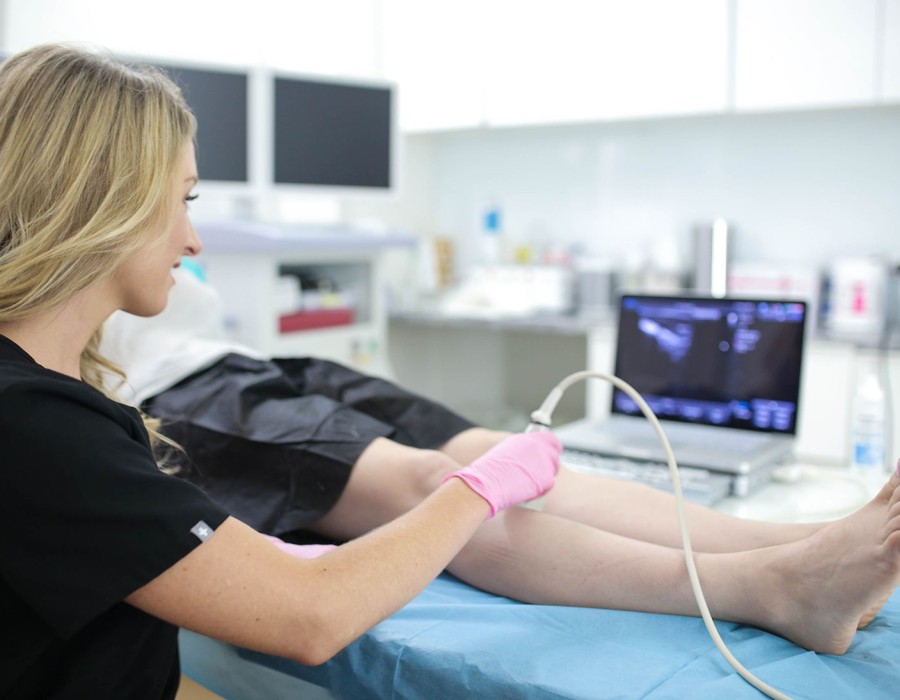Introduction
Varicose veins or venous insufficiency sometimes create trouble for many people because of discomfort, pain, irritation, or redness. Some people are not able to perform their daily routine activities because of severe vein issues. Taking care of overall health covers various body parts, and veins are among the effective parts of your health that play a vital role in blood circulation. This piece of content sheds light on different veins conditions, and symptoms you may be experiencing. Are varicose vein treatments covered by insurance? This is one of the most searched questions on the internet. To know more about it, you must communicate with your insurance provider because some treatments come under full insurance coverage. In contrast, others, like cosmetic reasons, don't come under varicose veins.
Let's discuss one by one:-
Understanding Basics of Veins
Varicose veins occur when the blood flow does not circulate properly to the heart and when excessive pressure is put on the veins. When the valves of veins malfunction or weaken, it can cause various vein-related issues such as varicose veins, spider veins, DVT and CVI.
What Do You Mean By Varicose Veins?
Enlarged, twisted, and bulgy veins are the common signs of varicose veins that often appear on the legs - the skin color changes into red, blue, or flesh hues.

Are you at risk?
Genetics, age, obesity, pregnancy, hormonal imbalance, prolonged sitting or standing put individuals at high risk. When you experience consistent leg pain or notice any bulging veins, it's essential to consult with a vascular specialist.
What Are Spider Veins?
Spider veins are smaller than varicose veins and look like web veins generally occurring on the face and legs. These are not life-threatening conditions but can cause discomfort, pain, or self-esteem issues. Sometimes, people get vein treatment because of cosmetic concerns, and spider veins usually come under cosmetic reasons.
Are you at risk?
Common risk factors associated with spider veins include hormonal changes, spending too much time under the sun, genetics, etc. It is worth noting that they don't cause severe health conditions, though treatment options are available for cosmetic reasons when they cause pain or discomfort.
What is Deep Vein Thrombosis (DVT)
Deep Vein Thrombosis is a severe health condition because it starts forming blood clots in deep veins. The conditions get worse when the clots break loose and travel to the lungs, causing a pulmonary embolism.
Are you at risk?
Prolonged sitting/standing, medical history, family history, or surgery performed in the past are some risk factors associated with deep vein thrombosis. Some common signs indicate swelling, pain, and warmth near the affected area. Seek medical emergency if you have been suspected of DVT.

What is Chronic Venous Insufficiency (CVI)
CVI occurs when the valves in the veins get damaged, resulting in poor blood circulation. This can cause discoloration, ulcers, blood clots, and heart disease.
Are you at risk?
Genetics, aging, obesity, and a history of blood clots are common risk factors associated with CVI. If you notice pain in the legs, swelling, or skin changes, consulting a healthcare professional is a must in this condition.
Wrapping It Up
Maintaining healthy veins plays a crucial role in overall health, so if you observe any changes in skin color, swelling, pain and discomfort in the legs. Varicose vein specialist called Phlebologists or vascular specialists. Contact them immediately without wasting time. Moreover, incorporating healthy lifestyles, such as maintaining weight and lightweight physical exercises, helps eliminate venous disease.






Comments